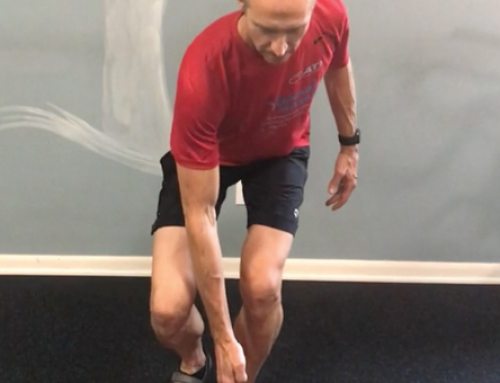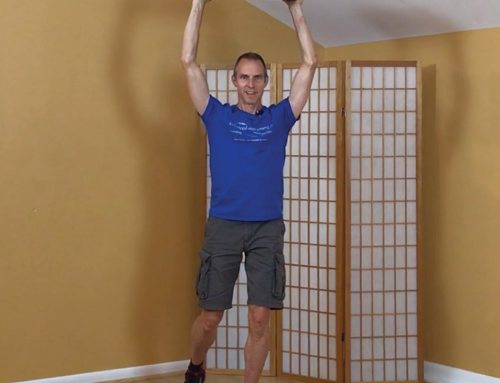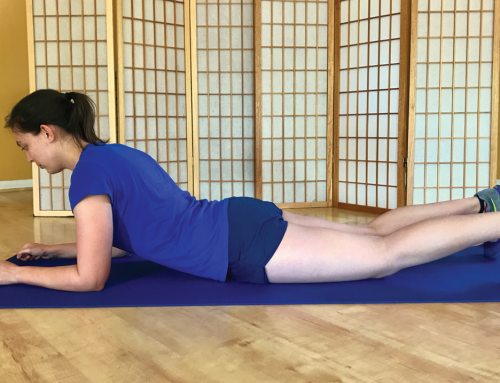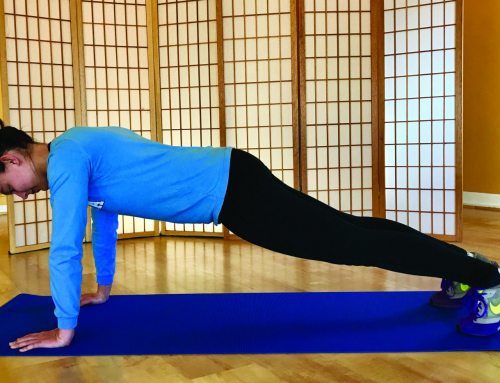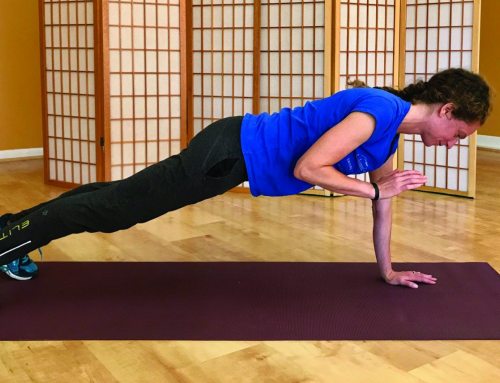By Jesse Czajka D.C.
Core, core, core! This buzzword has been thrown around the athletic and training community for years. But what does it mean exactly and how could it be affecting your performance?
When I say core, I am not referring to those beautiful six-pack muscles that belong only to the genetically gifted and those that are willing to sacrifice and work very hard in the name of aesthetics. I am referring to the intrinsic core. The intrinsic core is not visible on the surface, but it plays a very important role in creating the stability needed for any and all athletic function. There is a popular saying in the physical medicine world, “Proximal stability for distal mobility.” Essentially this means that if you want to be an efficient and injury-free runner/cyclist/weightlifter, you first need to own your core.
The intrinsic core is made up of four walls: the transverse abdominis (TVA), the multifidus, the diaphragm and the pelvic floor. These walls function together to protect the spine by increasing intra-abdominal pressure (IAP) and reducing unwanted shear forces in the spinal column. The TVA lies anteriorly, deep beneath the rectus abdominis, and blends into the lumbodorsal fascia in the rear. The TVA acts to keep your organs in place and increase IAP when additional stability is needed. The multifidus is a spinal stabilizer muscle that connects one vertebra to the one above it. These will fire subconsciously before any extremity movement occurs. The diaphragm creates the ceiling of the core. It is the primary driver of respiration and again has an important role in increasing IAP for stability. The pelvic floor is made up of several muscles that, in general, work subconsciously to contain pressure and control continence.
Why is all of this important? The body is very smart. In order to protect functions vital to life, it will sacrifice mobility for stability every time. If your body cannot find the desired level of stability in your core, it will find another way to put the brakes on. So what does this mean to you as a runner or any other kind of athlete? It means that super-tight low back that you get at mile three. It means that nagging anterior hip impingement that just won’t go away with any amount of foam rolling or sticking. It means that medial knee pain that sidelined you for six weeks last year.
Yes! Having control over these muscles is so important that other joints will be sacrificed in the name of the almighty core! So are you doomed to a life of painful and inefficient training cycles? Thankfully, the answer is no, and regaining control may be easier than you think.
There are many exercises out there, of varying degrees of difficulty, designed to give you better control over these muscles. I am going to focus on two simple drills that can be done in just a few minutes each day.
The first drill is designed to draw attention to the proper use of your diaphragm in respiration. All too often I see people bypass their diaphragm, in favor of much less efficient accessory muscles of respiration (i.e., “chest breather” vs. “belly breathers”). Lie on the floor with your feet flat on the wall and have your hips and knees bent at 90 degrees, as if you were in a squat position. With a pillow under your head, place one hand on your belly and one hand on your chest. Draw your attention to your breathing, but focus on your belly as the primary driver of respiration. As you draw air in through your nose, your abdomen should expand. If you are doing it correctly, only the hand on your belly will rise and fall with each breath, and the hand on your chest will remain mostly still. Spend a minimum of two minutes daily in this position. This will help you gain conscious awareness of using your diaphragm.
The other drill can be done throughout the day while sitting at your work station. Simply sit up nice and straight in your chair and draw your belly button inward toward your spine. Hold this contraction for 10-15 seconds while breathing in and out through your nose. Do three to four repetitions at a time and complete several sets throughout the day. The more difficult this is to do, the more you need to do it!
With these two simple drills, you can begin to regain control of your core and remove the brakes on efficient movement.
# # #
Jesse Czajka D.C. is a sports chiropractor and the clinic director of Carolina Sports Clinic’s location in Chapel Hill. Carolina Sports Clinic has partnered with Try Sports to serve the training needs of endurance athletes. For more information visit chapelhillsportsclinic.com or carolinasportsclinic.com.


